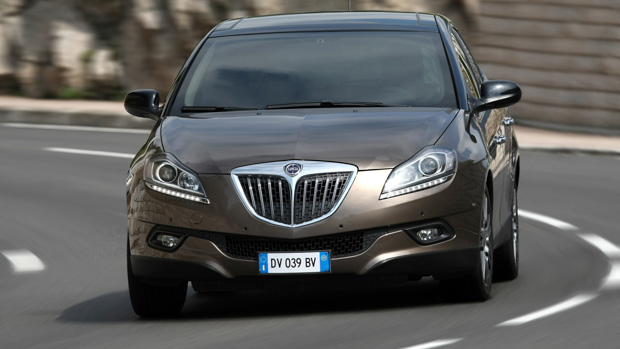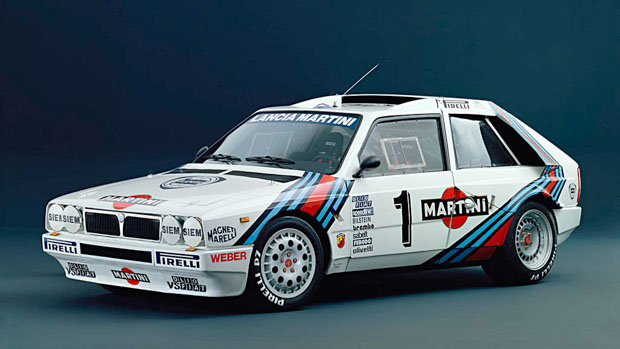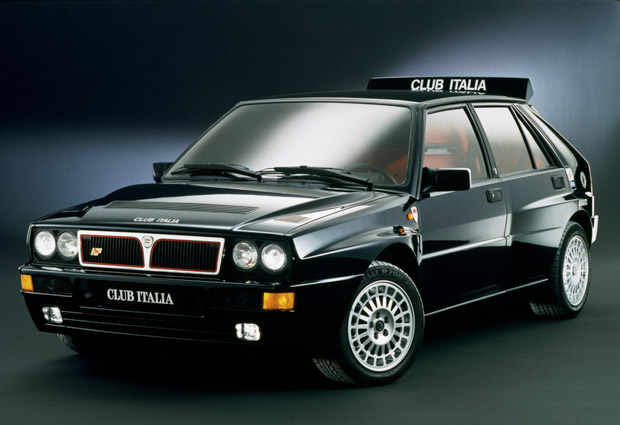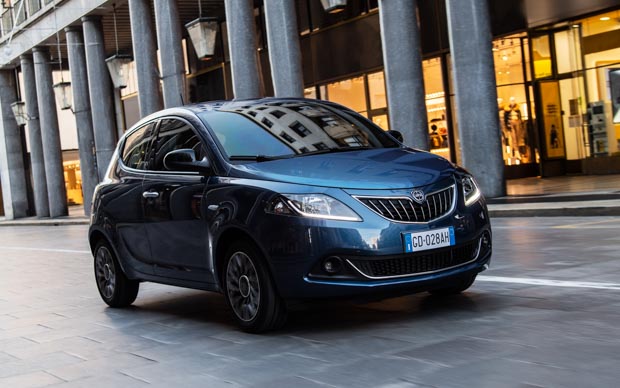-
Car Reviews
- All reviews
- Midsize SUVs
- Small cars
- Utes
- Small SUVs
- Large SUVs
- Large cars
- Sports SUVs
- Sports cars
- Vans
Latest reviews
- Car News
-
Car Comparisons
Latest comparisons
- Chasing Deals
Lancia may have been reduced to selling just the Ypsilon small hatch in its home market of Italy, but the next decade of electric expansion will be crucial for the brand’s success, starting with the revival of the Delta nameplate
Under newly formed automotive conglomerate Stellantis, 115-year-old Italian brand Lancia is set to make a comeback as a premium marque on the same level as stablemates Alfa Romeo and DS Autos.
A crucial feature in Lancia’s turnaround will be the electric rebirth of the Delta nameplate. Due in 2026, the modern-day Lancia Delta will be a new take on a much-loved predecessor that first appeared in 1979.
Lancia has not confirmed any further details from a report by Autocar on the Delta’s return, nor has the brand released any images of the future car, but it’s likely to be the first model to appear in Lancia’s all-electric chapter.
Earlier this year, Lancia CEO Luca Napolitano promised a new Delta before 2026, describing the vehicle as “a true Delta: an exciting car, a manifesto of progress and technology.”
The Delta will join the Opel Manta after 2025, with that car slated to be an electric, coupe-styled crossover.
The Lancia Delta name originated in 1979 on a small hatchback that took Europe by storm with its premium design and driving flair, winning European Car of the Year in 1980 and dominating the Group B rally championship throughout the ’80s with the legendary Delta Integrale.
Under Fiat-Chrysler ownership, the Delta was briefly revived in 2008, but without the visual elegance that defined the original (and its 1993-99 successor), the third-gen Delta went nowhere and was discontinued in 2014.
Historically, the Delta has been a small hatch, but as Lancia transitions to electrification it’s likely the 2026 Delta will sit above the current Ypsilon light hatch and take the shape of a raised crossover targeting the Audi Q4 e-tron and BMW iX3.
At the Stellantis annual general meeting in April this year, CEO Carlos Tavares promised cars based on the new medium STLA platform would have a range of around 700km, which is rather impressive.
Tavares also promised three new Lancia EVs by 2030, all of which will utilise the new STLA (pronounced ‘stella’) scalable architecture. This will come in four guises, with monocoque cars able to use the small, medium and large architectures, and a ‘frame’ variant reserved for utes and off-roaders.
Given Lancia’s premium positioning, it’s likely to adopt the medium STLA platform with between 87kWh-104kWh battery capacity and 125-180kW electric drive modules.
It’s not yet clear if multiple motors can be run in series for AWD, but if that’s the case, the Integrale badge could also be revived.
The current state of Lancia
If Lancia is to be great once again, it will need to pitch its slated all-electric portfolio further than just Italy. Currently, the marque sells one car, the third-generation Ypsilon, in its home market.
Yet despite its 10-year vintage, the evergreen Fiat 500-based Ypsilon managed to be Italy’s second best-selling car in 2020 – eclipsing Alfa Romeo’s entire European sales volume in just one market.
Clearly, there is love for Lancia in Italy. The next decade, however, will be key for Lancia’s new owners Stellantis to spread that passion further afield.
Latest news
About Chasing cars
Chasing Cars reviews are 100% independent.
Because we are powered by Budget Direct Insurance, we don’t receive advertising or sales revenue from car manufacturers.
We’re truly independent – giving you Australia’s best car reviews.



